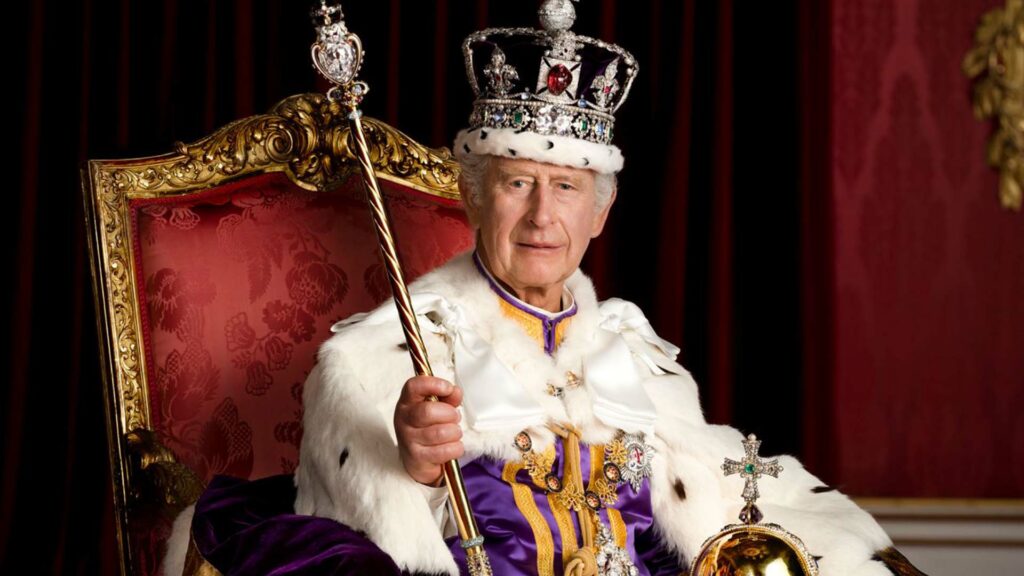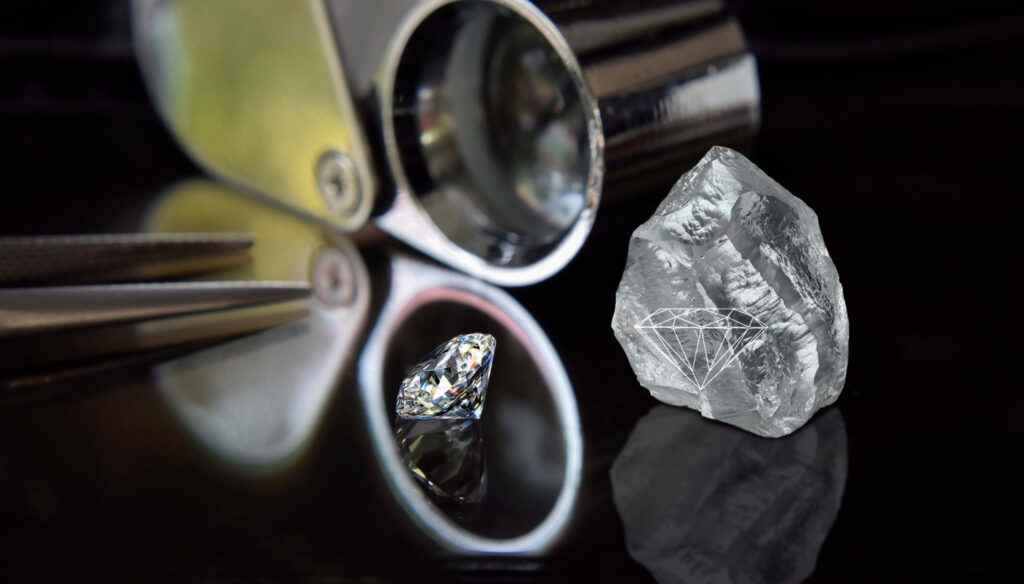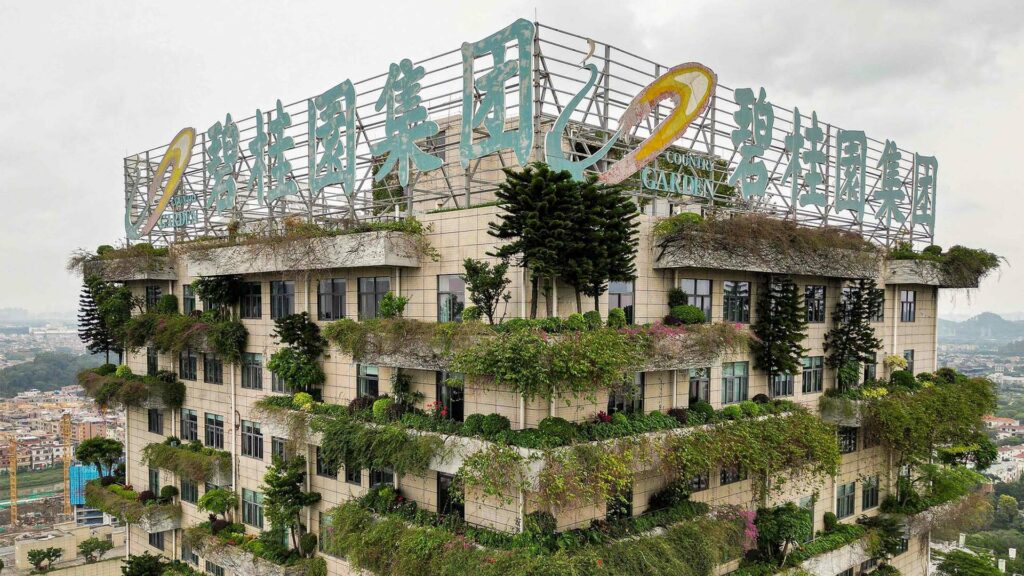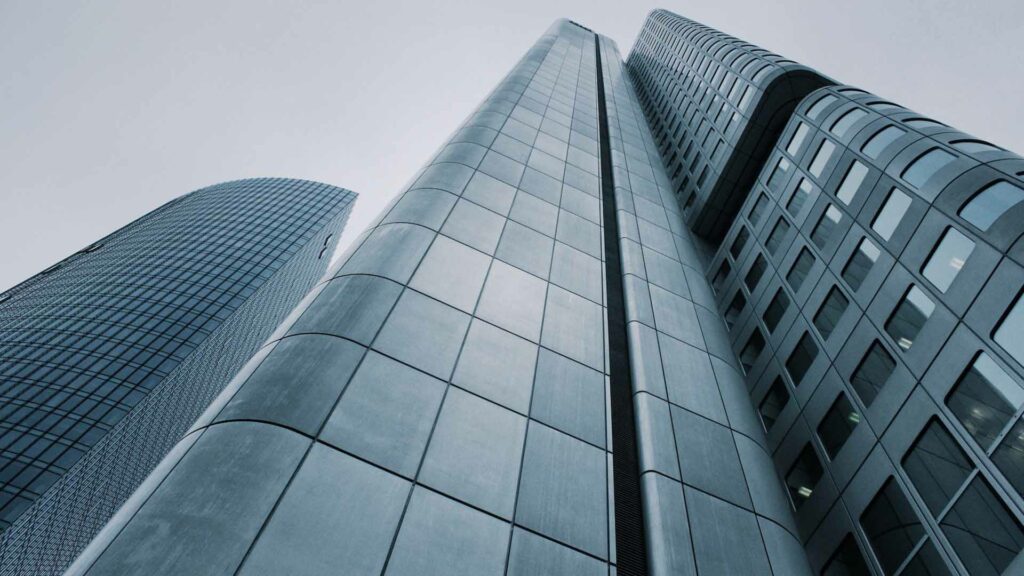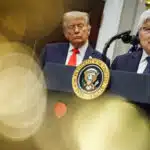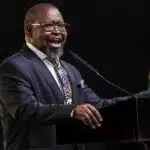With the majestic coronation ceremony of King Charles III captivating the world, the new British monarch has inherited a staggering $25 billion real estate empire that befits his regal status.
The British Crown's vast and illustrious real estate holdings have long been a subject of fascination and intrigue. As he assumes the throne, King Charles III now commands a vast portfolio of properties, each steeped in history and symbolism.
In this article, we delve into the magnificence of his holdings, examining their value, historical significance, and the profound influence they wield over the monarchy and the nation.
The Crown Jewels of King Charles III's Portfolio
Briefly, the new British monarch already lords over seven palaces, 10 castles, 12 homes, 56 cottages, and 14 ancient ruins where he can hang up his crown.
From the iconic Buckingham Palace, the official seat of the monarchy, to the charming Highgrove House in Gloucestershire, King Charles III's real estate empire encompasses an array of extraordinary properties.

This meticulously curated collection spans residential, commercial, and agricultural assets, each boasting its unique charm and character. By exploring these holdings, we gain insight into the immense wealth and heritage that form the foundation of King Charles III's reign.

An Opulent Tapestry of Properties
The real estate portfolio inherited by King Charles III comprises seven palaces, including the cherished Balmoral Castle in Scotland and Sandringham House in Norfolk, which now personally belong to the king.
However, the majority of the opulent residences and historic monuments are held by esteemed institutions such as the Crown Estate, the Duchy of Lancaster, and the Duchy of Cornwall.
This intricate ownership structure ensures the preservation and stewardship of these properties for the duration of King Charles III's reign.
Beyond Castles and Palaces: Commercial and Cultural Assets
In addition to the grandeur of palaces and countryside estates, King Charles III's real estate empire extends its reach into commercial, residential, and agricultural properties throughout the United Kingdom.
Through the Crown Estate and the Duchies, the king oversees a diverse portfolio, including renowned landmarks such as Ascot Racecourse, the Oval cricket ground, and the prestigious Savoy Chapel. These holdings not only generate substantial revenue but also contribute to the nation's cultural fabric.

A Global Presence
As the head of state for multiple Commonwealth realms and British territories, King Charles III has access to an impressive array of residences for state visits across the globe.
Whether it be Rideau Hall in Canada, King's House in Jamaica, or Admiralty House in Sydney, these residences offer a regal abode for the king during diplomatic engagements. This global presence further solidifies the monarchy's stature on the international stage.

Here's an updated table showcasing King Charles III's real estate portfolio, including castles and other significant properties in the Commonwealth:
Please note that the estimated values provided are based on available information and should be considered as approximations. The actual values may vary. Some properties are owned personally by King Charles III, while others are managed as tourist attractions or held by the Duchy of Lancaster.
From Tradition to Innovation: Navigating the Future
As King Charles III embarks on his reign, he faces the dual challenge of preserving the rich heritage of his real estate empire while embracing the demands of a rapidly evolving world. Striking a delicate balance between tradition and innovation, the king will navigate the complexities of managing these properties for future generations.
By harnessing sustainable practices and exploring innovative uses, King Charles III can ensure the longevity and relevance of his real estate empire.
Preserving Britain's cultural heritage
With the coronation of King Charles III, a new chapter begins in the history of the British monarchy. The inheritance of a $25 billion real estate empire underscores the grandeur and enduring legacy associated with the crown.
As King Charles III assumes his role, he takes on the responsibility of preserving Britain's cultural heritage, fostering economic prosperity, and embodying the spirit of the monarchy.
Through thoughtful stewardship, strategic management, and a vision for the future, King Charles III will ensure that his real estate empire stands as a testament to the strength and endurance of the British monarchy for generations to come.

